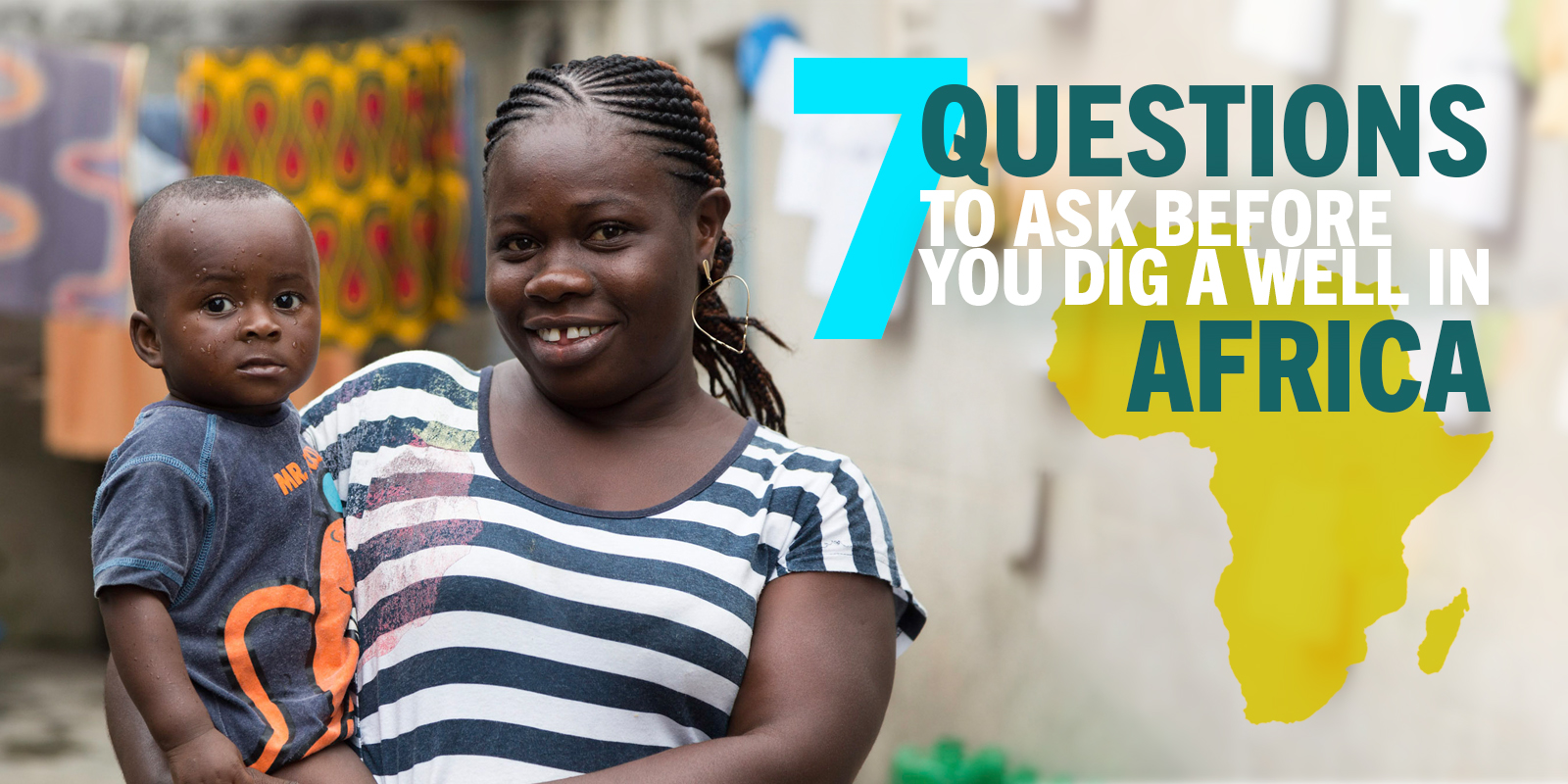In the previous post, I talked about the importance of evaluating your church’s missions strategy to make sure it results in long-term, sustainable change and the intentional spread of the gospel message. Over the next seven blogs, I will provide valuable questions to help you assess your church’s approach to missions.
Question 1: Does this missions project involve, empower, and enhance the development of local people and communities?
I’ve helped meet human needs through a variety of projects around the world. Early on in my ministry, those projects were managed from the top down. Even though I was an outsider to the community, I decided what the people needed, I came up with the solutions, I would promote the project to the community, and I would implement the whole project. I was the hub of every decision and action.
The people in the local area would allow me to do all the work, whether or not they thought they needed the particular project I was promoting. They would kindly participate in “my” program, follow the rules as long as I was around to enforce them, and after I left, they would abandon whatever idea or innovation I had introduced. They’d go back to their normal way of life. This approach was all about me and what I could offer, not what the people needed or could accomplish on their own.
Then I discovered the community development process.
It challenged me to shift my focus from my ideas to the expressed needs of the local people. Instead of quickly identifying a community’s problems and the solutions, I learned to take time and understand the local setting, which led to discovering local solutions provided by local resources. I learned how to get the people to participate and work together to take charge of their future. I found ways to involve and empower the community to solve its problems and to use good processes to improve its capability and resources.
That same approach to missions can become standard practice in your church as well. If someone is passionate about a ministry-oriented missions project, I would ask several questions:
- Who came up with the idea—the community or the church member?
- Have you discussed this project with the target community? If so, how many people were involved in the planning?
- Who would provide the resources needed for this project—the local people or the sponsoring church?
If the idea comes from an outsider (anyone not in the target community), I would proceed cautiously—if at all. If the church member only talked to one person from the community, that is not enough consensus from the entire group. Again, I would move forward cautiously. I would want to know if the church member had done their homework, had conducted a community assessment with a solid representative group from the community, and had given the community the leadership reins for any project would take place.
Without community involvement, the chance of long-term success is minimal.
Without community empowerment, the project will always belong to outsiders (you and me), not the target community.
Without community enhancement of skills and capacities, a people group cannot solve other problems it faces.
When these three elements converge, a great missions strategy and projects can develop.For more community development resources, visit the BGR blog at gobgr.org/blog.

